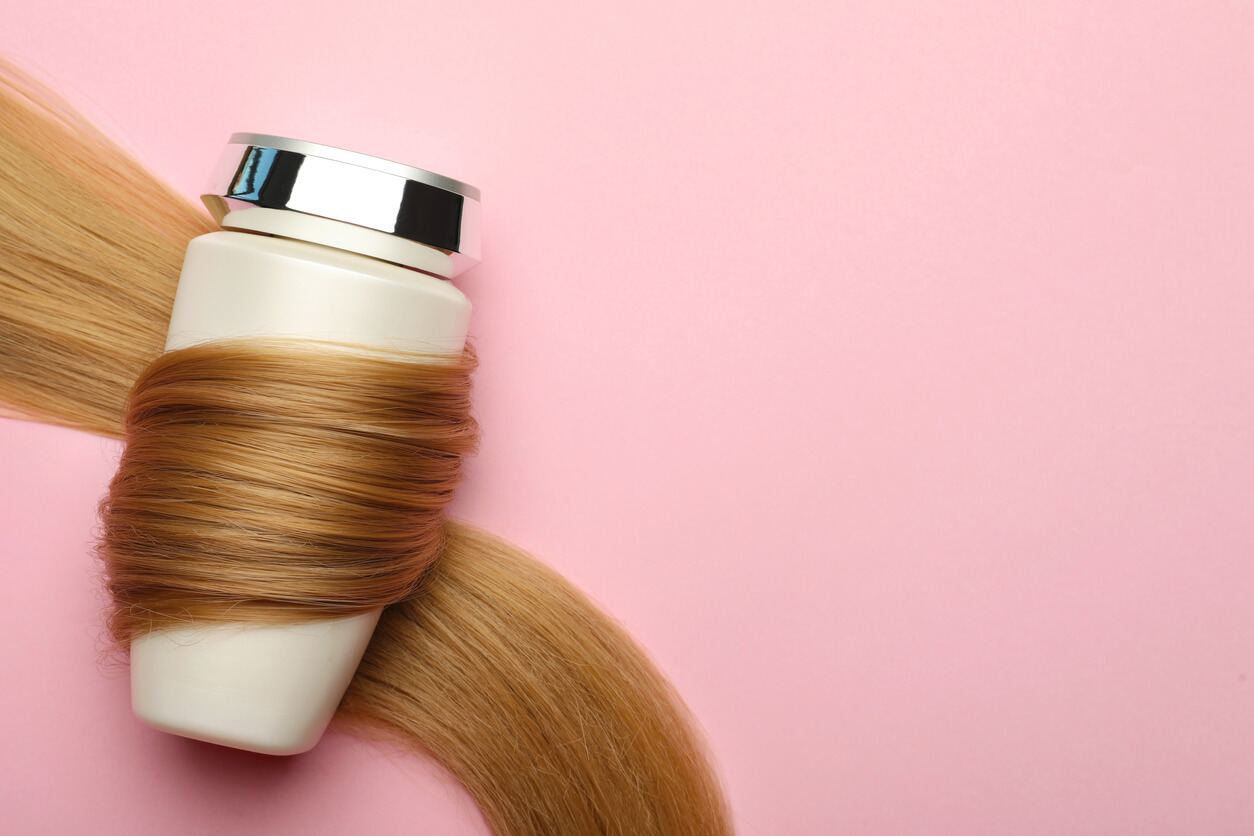The Cost of Chemical Hair Straightener Lawsuit Injuries
Editors carefully fact-check all Consumer Notice, LLC content for accuracy and quality.
Consumer Notice, LLC has a stringent fact-checking process. It starts with our strict sourcing guidelines.
We only gather information from credible sources. This includes peer-reviewed medical journals, reputable media outlets, government reports, court records and interviews with qualified experts.

As a lawyer with decades of experience representing people injured by the negligence of others, I’ve handled a lot of different cancer cases across a lot of mass tort projects and complex litigations. But one of the things that makes the injuries claimed in chemical hair straightener lawsuits somewhat unique and very problematic is that many of my clients started using chemical hair straighteners at a young age and are now suffering from cancer in their 20s and 30s.
The emotional and financial costs of cancer are already high. However, the cancers claimed in chemical hair straightener lawsuits — such as uterine cancer, endometrial cancer and ovarian cancer — are the types of cancers that may cause women in childbearing ages to not be able to have children.
Women diagnosed with cancer are already fighting for their lives, but now they also must contend with the loss of freedom to choose to have their own children.
How Chemical Hair Straightener Litigation Started
People started filing chemical hair straightener and relaxer lawsuits shortly after the National Institutes of Health published a 2022 study that revealed that women who were heavy users of chemical hair straighteners had more than double the risk of developing cancer — especially uterine cancer.
The study, called the Sister Study, is a very credible, well-powered study that showed some concerning hair straightener side effects. The increased cancer risk results in the study are troubling, and it’s certainly hard to refute the data that links hair straighteners to these cancers.
One of the first women to file a lawsuit was 32-year-old Jenny Mitchell. Mitchell’s lawsuit against L’Oreal, Strength of Nature, Soft Sheen and other companies claims her uterine cancer “was directly and proximately caused by her regular and prolonged exposure to phthalates and other endocrine disrupting chemicals found in Defendants’ hair care products.”
Lawsuits from across the country were consolidated into multidistrict litigation in Illinois federal court in November 2022. At the time, there were a handful of claims. As of Nov. 16, 2023, that number has jumped to 7,967 active claims pending.
Black Women at Higher Risk
The Sister Study also found that Black women and other people of color had the highest risk of developing cancer from chemical hair straighteners because they are more likely to use these products.
Many of our clients were exposed to chemical hair straighteners at a young age. Makers of chemical hair straighteners heavily targeted Black women and other communities of color for a long period of time and from a very young age. They pushed the idea of having a more European look with straight hair.
Oftentimes girls as young as 6 years old were targeted. They’d have pictures of 6-year-old Black girls with their hair straight. The marketing campaigns were trying to make them believe that this was the picture of beauty. All the while, these children were being subjected to carcinogens and other dangerous ingredients in hair care products at such a young age that would cause them to develop cancers in their childbearing years.
Damages Claimed in Hair Straightener Lawsuits
People in chemical hair straightener lawsuits claim damages for the cost of treating cancer. These include past medical expenses, future medical expenses, past lost wages and loss of future earning capacity.
Then, they claim pain and suffering — both in the past and what you’ll have in the future. There are also punitive damages that are designed to punish the company for its wrongdoing. So, that’s what people claim when they file a cancer lawsuit.
Specifically, when you think about cancer, the component of past medical expenses alone is very expensive. People will still have treatment costs in the future. That component on its own already equates to high damages.
In the case of chemical hair straighteners, these damages will include future medical expenses for many decades to come because many plaintiffs are younger. But you must also account for the emotional and financial reality of the loss of the ability to have children.
For example, we have one 25-year-old client who developed endometrial cancer. As a result, she had to have surgeries and cancer treatments that left her unable to have children. Maybe she could have had a child before the age of 25. But she wouldn’t have known that she needed to have a child before that.
It was a huge emotional impact for her to make that discovery. She had plans for her life and had talked about having three children. Now, she’s not going to be able to do that.